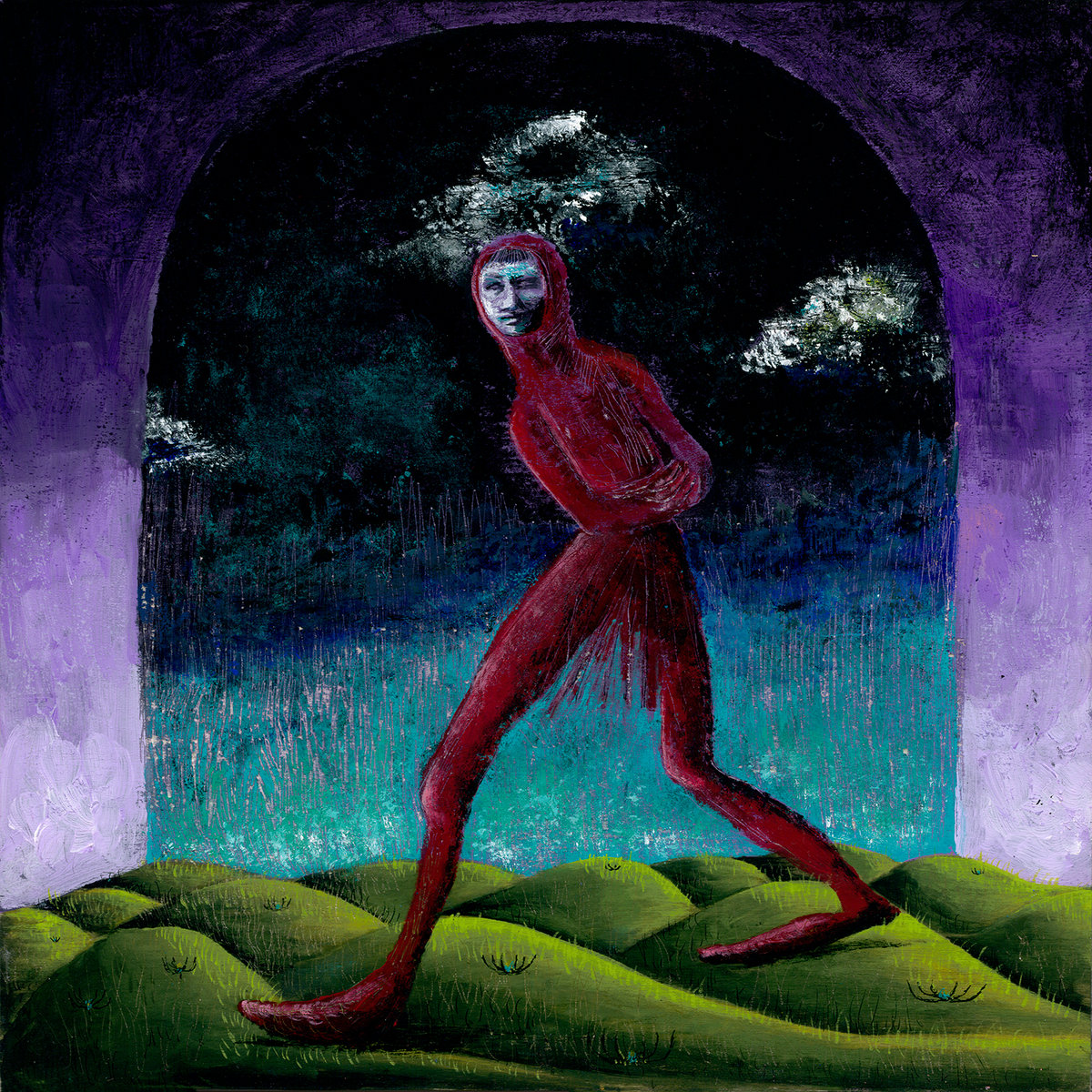Long Neck – Gardener | Single Review
/What happens when you find the light at the end of the tunnel, but instead of allowing you to see things more clearly, it just ends up hurting your eyes? When hardships that are supposed to make you more resilient end up making you feel even weaker? When you become so comfortable with the familiarity of darkness that it feels like a safer option than heading into the unknown of the morning? On “Gardener,” the latest release from Jersey City DIY project Long Neck, singer/songwriter/Long Neck band founder Lily Mastrodimos draws the listener a portrait of this in-between state; of the slow, often reluctant emergence from a depressive haze.
It starts with just an acoustic guitar, delicate and melodic, as Mastrodimos begins relaying a series of dark, foreboding dreams she’s been having the past couple of nights. Her voice sways between conversational and storybook– though never too flowery. It almost feels as though she’s just waking up from these dreams, like echoes of these strange visions are still lingering in her mind as she transitions from night to day:
Nothing in the sky
No planes passing by
When the sun emerges
I am baffled by its glare
Gold dust in the air
Mornings are unbearable
I said to no one
The build of this first verse is accompanied by a lush swell of strings, joining the stripped-back instrumental as the sun rises. As backing vocalist R.N. Taylor begins to harmonize with Mastrodimos, we can almost feel the two of them blinking back at the oppressive brightness of those first rays of sunshine.
“Gardener” is the lead single off of Long Neck’s forthcoming LP Soft Animal, the band’s first record since before the pandemic. It’s a gradual awakening from a hibernation of sorts. As COVID-era precautions are rolled back and the rhetoric of “bouncing back” surrounds us, our current transitional era often feels as though we’re being force-fed normalcy at a rate that’s incongruous with the ongoing crisis. Instead of filling in the gaps that caused the pandemic to wreak the kind of havoc that it did (and continues to do), we’ve been rushed into a sorry approximation of pre-pandemic social conditions that are no longer viable (and, in many circumstances, were never viable to being with). It’s hard to celebrate the pandemic being over when it’s, well, not. Instead of actual relief, we’re forced to continue carrying the burden of a poorly handled public health catastrophe while pretending that it’s all behind us.
On “Gardener,” Mastrodimos grapples with a similar pressure (albeit on a more personal level) to make a quick and easy recovery from past struggles, but can’t do so without processing what she’s been through. She finds herself worn down by the heaviness of her heart rather than strengthened by it, sighing, “everything I’ve felt this week has bent me like a spine/vertebrae unlined/cracking more with time.” Her voice carries an uneasiness and uncertainty. There’s a sense that, though the worst of it may be over, what comes next is still unclear. After all, how can one get “back to normal” when the standard for “normal” has fallen?
The picture of progress we get on “Gardener” isn’t a linear one. We see Mastrodimos give in to the temptation to shut out the world and sleep past noon. Still, her stagnant moments don’t negate her steps forward. The sun is still there even when it’s filtered through her closed curtains. On good days she can “plant gardens with [her] heart,” just don’t expect those flowers to bloom right away.
“Gardener” is out now on all streaming platforms.
Soft Animal releases on June 21st via Plastic Miracles and Specialist Subject, you can pre-order the album on Bandcamp here.
Grace Robins-Somerville is a writer from Brooklyn, New York. You can find her on Instagram and Twitter at @grace_roso.











